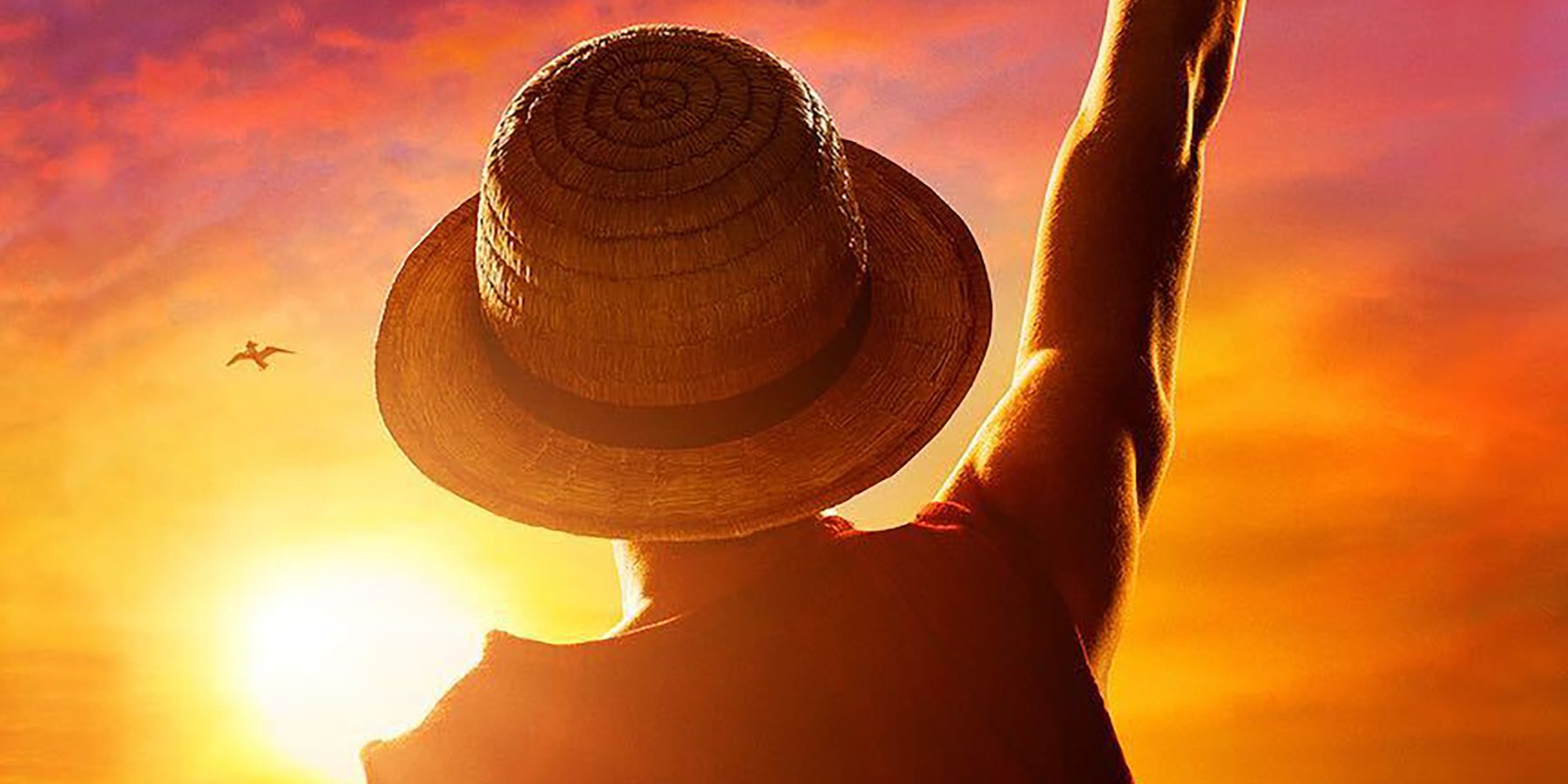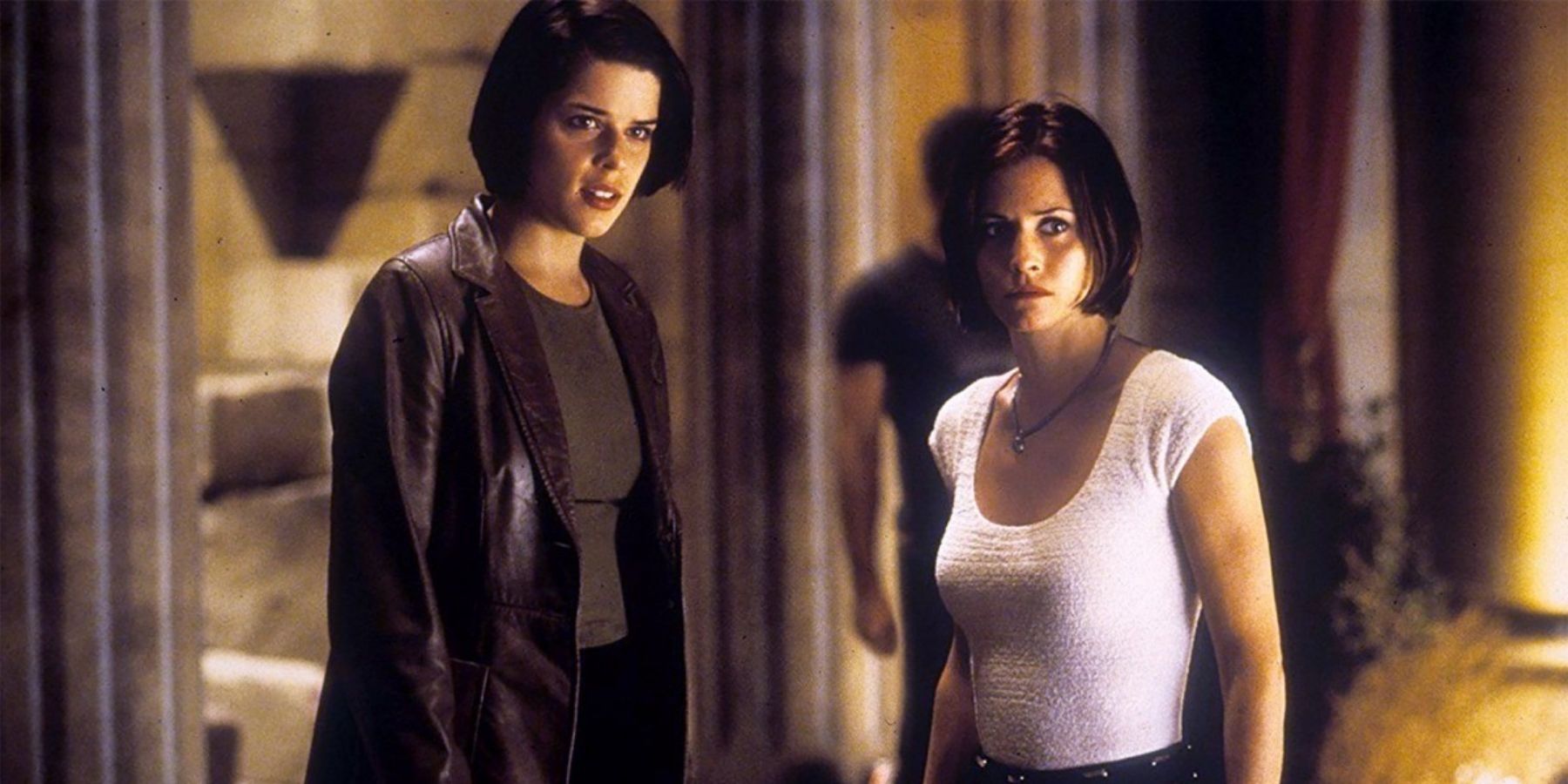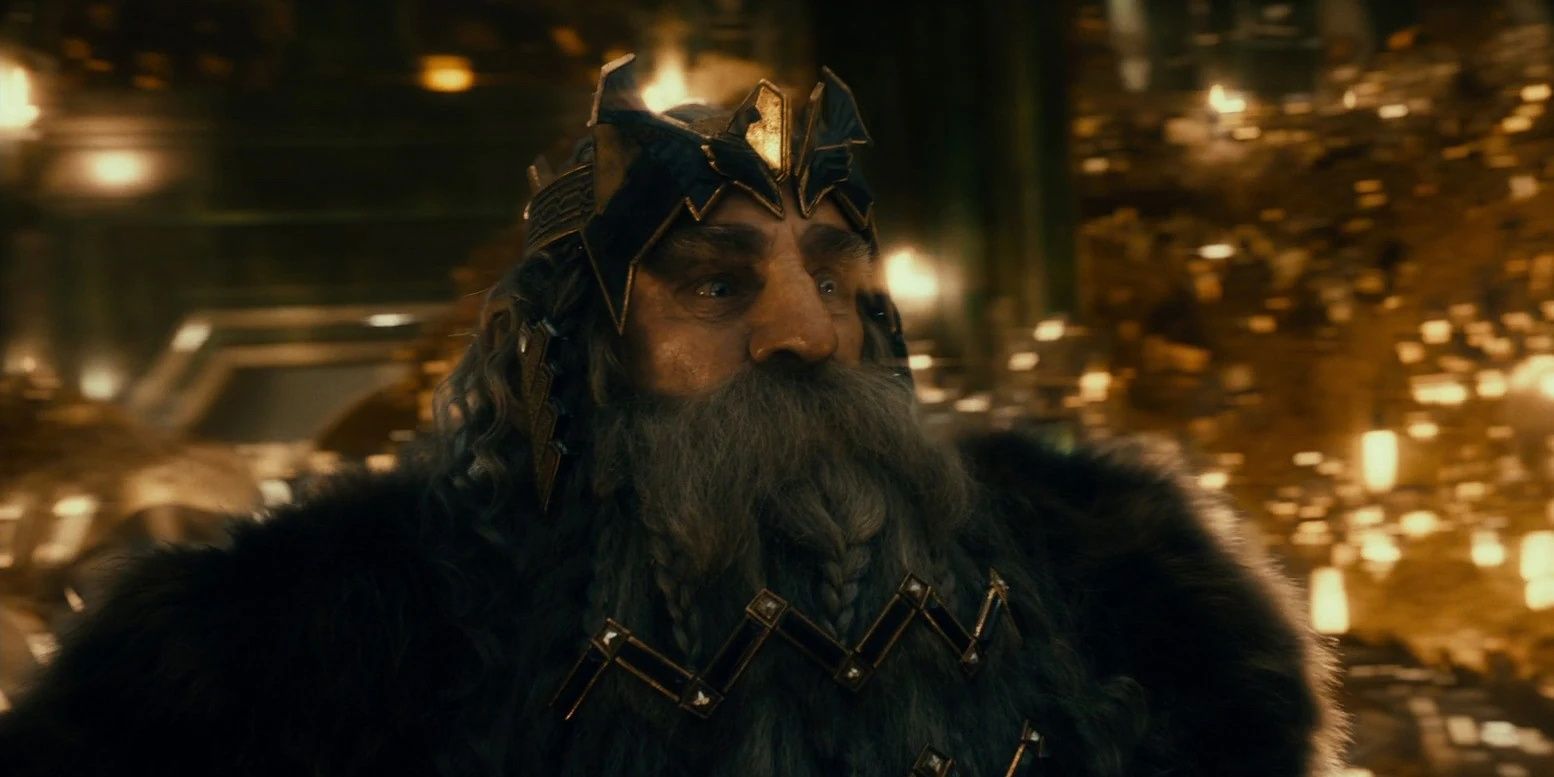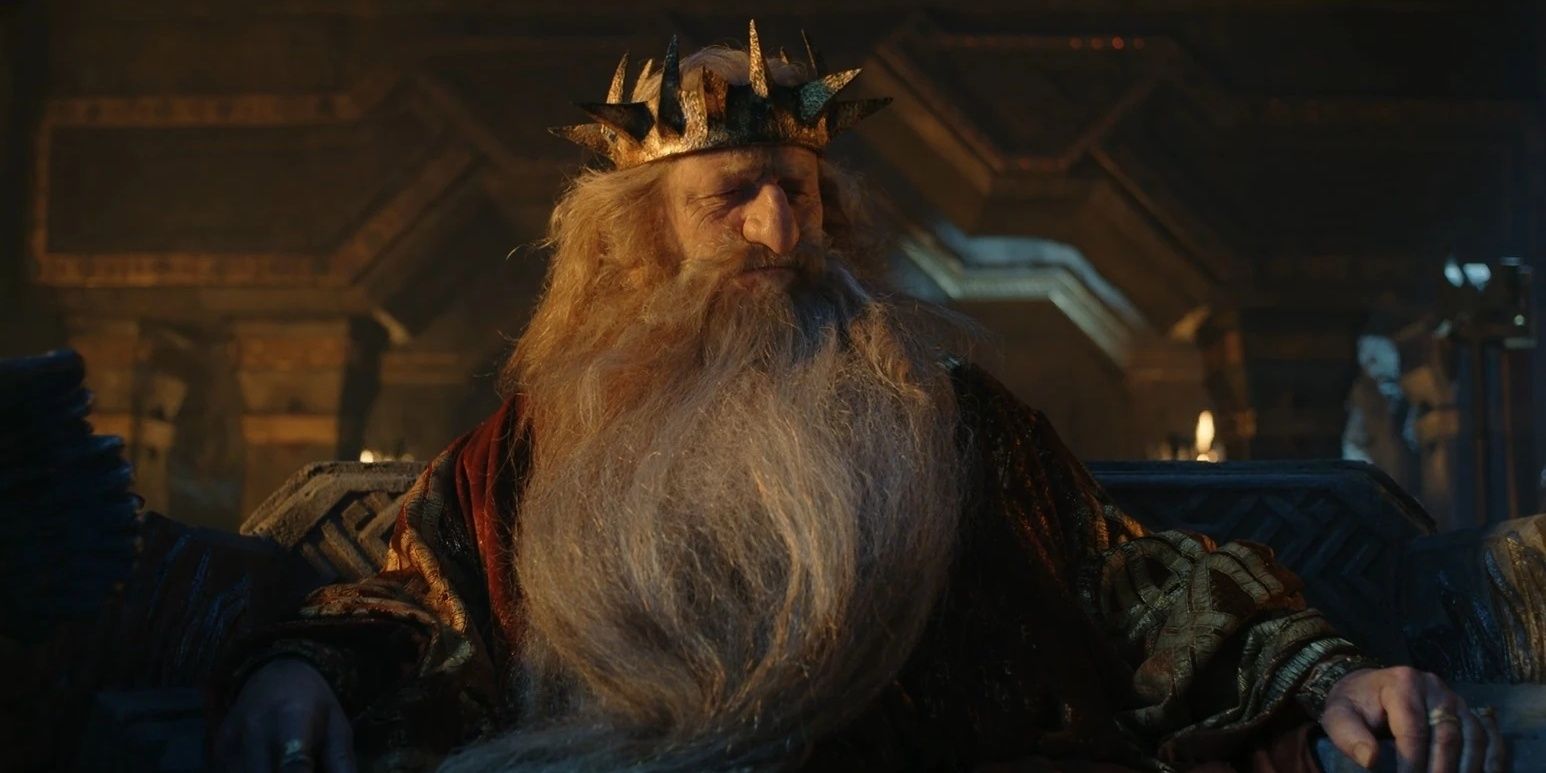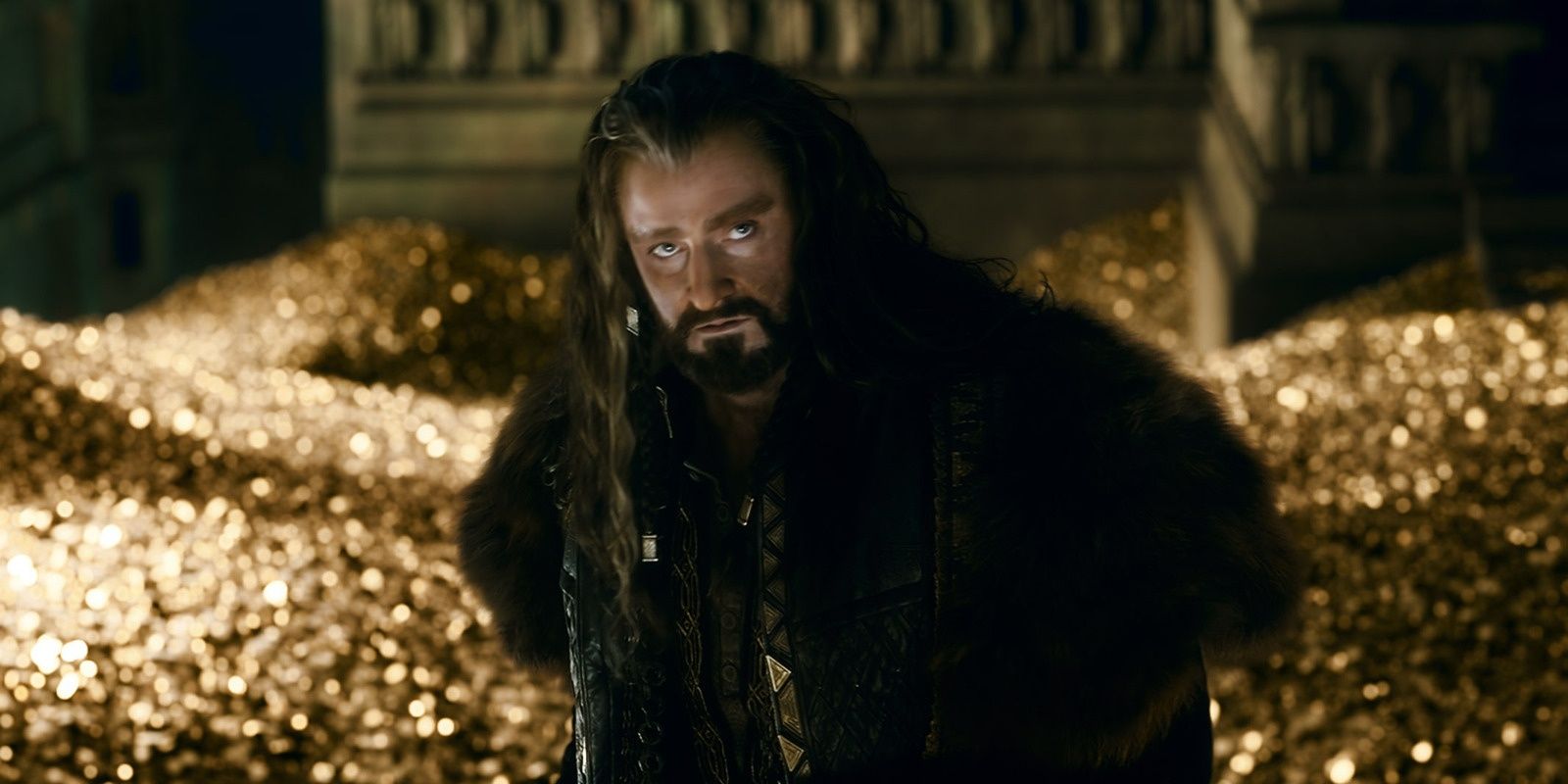Highlights
- Durin's Folk were the leaders of the Dwarven people in Khazad-dûm and considered the oldest and wisest of all the Dwarven clans.
- They formed an alliance with the Elves in the fight against Sauron's forces in the Last Alliance of Elves and Men.
- After being driven out of Khazad-dûm by a Balrog and later the Lonely Mountain by Smaug, they eventually reclaimed their home and restored their kingdom under the leadership of Dáin II and Durin VII.
Of the major races of Middle-earth, the Dwarves don't really get their due in The Lord of the Rings, as the focus is more on Men, Elves, and Hobbits (and only one Dwarf really features in the series). However, The Hobbit puts a lot more focus on the Masters of Stone, and takes a closer look at the history and tribulations of the Dwarves as a people.
One of the most important clans amongst the Dwarves are Durin's Folk, who are essentially the leaders of the Dwarven people. Durin's line becomes very important in the story of The Hobbit, but it may not be explicitly clear how this people group functions within Middle-earth's society. Who exactly were Durin's Folk, and what happened to all of them?
Who Were Durin's Folk?
- Durin's Folk were the clan that were leaders of the Dwarven people in Khazad-dûm, and were also known as Longbeards.
- The Dwarves had many clans, including Firebeards, Broadbeams, Ironfists, Stiffbeards, Blakclocks, and Stonefoots.
- Durin's Folk were considered to be the oldest and wisest of all the Dwarven clans.
- The clan was led by Durin I, and he was succeeded by many generations of kings after who were also called Durin, and believed to be reincarnations of the original Durin, with memories of their past lives.
Durin's Folk lived and prospered in Khazad-dûm during the First Age. After the War of Wrath, when other Dwarven settlements had been destroyed, multiple different clans came to Khazad-dûm to live with Durin's Folk. During the Second Age, Durin's Folk created an alliance with the Elves in Eregion and assisted them in the fight against Sauron's forces in the Last Alliance of Elves and Men.
During the Third Age, Durin's Folk were driven out of Khazad-dûm by the Balrog (who became known as Durin's Bane). Their king at the time, Durin VI, and his son Náin I were both killed by the Balrog. Náin I's son, Thráin I, fled with the rest of the Dwarven people to the Lonely Mountain, where they created a new kingdom (that they would later, unfortunately, also be driven out of).
What Happened To Durin's Folk?
Later on in the Third Age, the Dwarves were once again driven out of the Lonely Mountain, this time by a fire-drake named Smaug, who was one of the last of the great dragons. This forced Durin's Folk, including their current kind Thrór, into exile, where they became a nomadic people. Thrór's brother Grór had left the Lonely Mountain to go to the Iron Hills and create a Dwarven settlement, and some Dwarves chose to go live there. Thrór, however, lost his mind and tried to take back Khazad-dûm by himself, which eventually led to his death at the hands of the Orc Azog.
This was the catalyst that led to the War of the Dwarves and Orcs, which eventually ended when Dáin II (grandson of Grór) killed Azog. After this, the Dwarves under the rule of Thráin II settled in the Blue Mountains. After 60 years, Thráin II's son, Thorin II, led a company of 13 Dwarves and the Hobbit Bilbo Baggins on a quest to reclaim the Lonely Mountain. This, of course, is the story covered in The Hobbit.
During this quest, Smaug was killed by Bard the Bowman, and the Battle of the Five Armies took place, which ended in the death of Thorin II. However, all was not lost, as Thorin's cousin Dáin II took over the Lonely Mountain and restored the kingdom. Durin VII, the grandson of Dáin II, eventually reclaimed Khazad-dûm and became known as "Durin the Last", as he was the last Dwarf in the line to carry the name.
The days of Durin's Folk signaled prosperity in Dwarven memory, and the idea of this line of reincarnated kings was a reminder of a time when the Dwarves had land they could call their own. Tolkien wrote about this time period in a poem, and it's clear how it was a nostalgic memory for the Dwarves:
The world was fair, the mountains tall, / In Elder Days before the fall / Of mighty kings in Nargothrond / And Gondolin, who now beyond / The Western Seas have passed away: / The world was fair in Durin's Day.
In the end, the Dwarves of Durin's line were able to reclaim their home at the Lonely Mountain, but not without great struggles along the way. The Dwarves clung to Durin's Folk as their leaders and even saviors; the ones who would bring the Dwarves back to their former glory and give them a place to call their own once again.
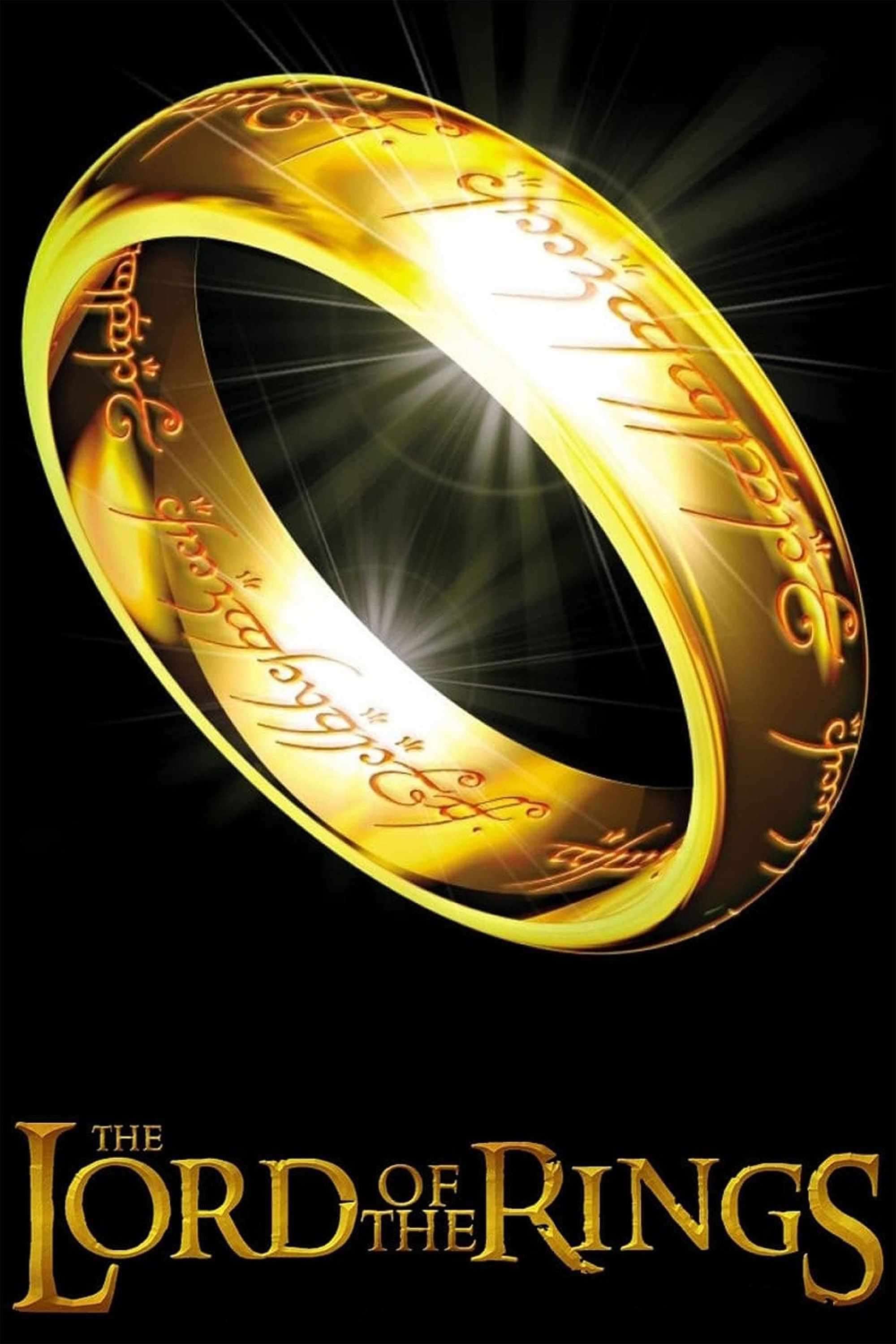
The Lord of the Rings
The Lord of the Rings is one of the most iconic names in entertainment. The franchise started with novels from J. R. R. Tolkien before being adapted onto the big screen by Peter Jackson in one of the most critically-acclaimed film trilogies of all time. There have also been numerous The Lord of the Rings video games of varying quality.


